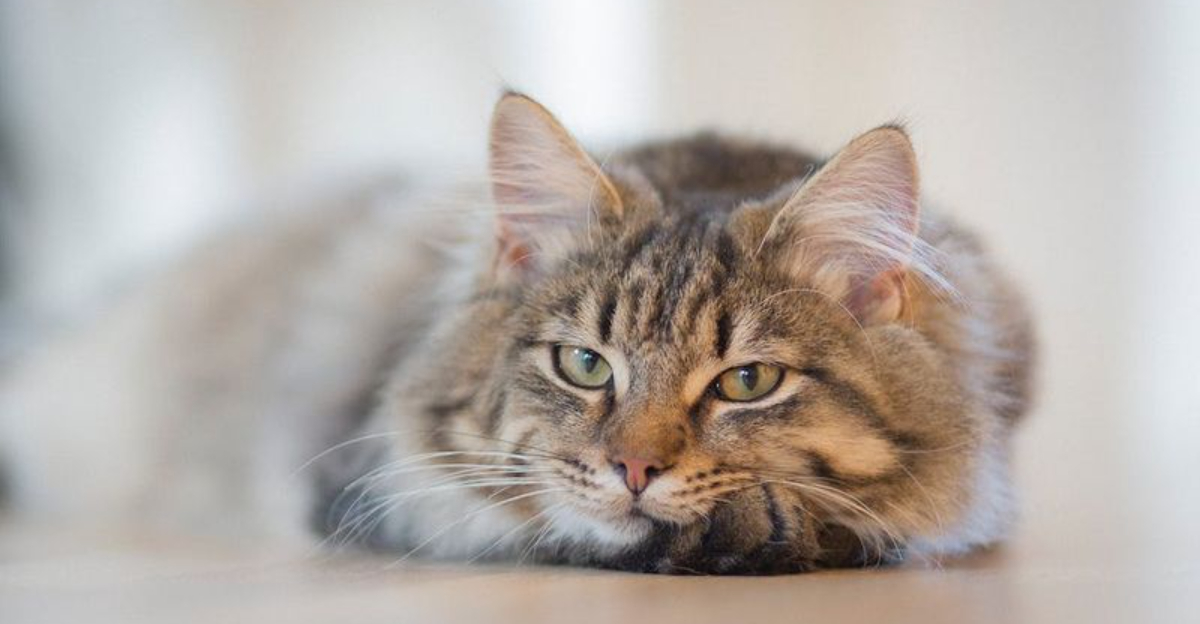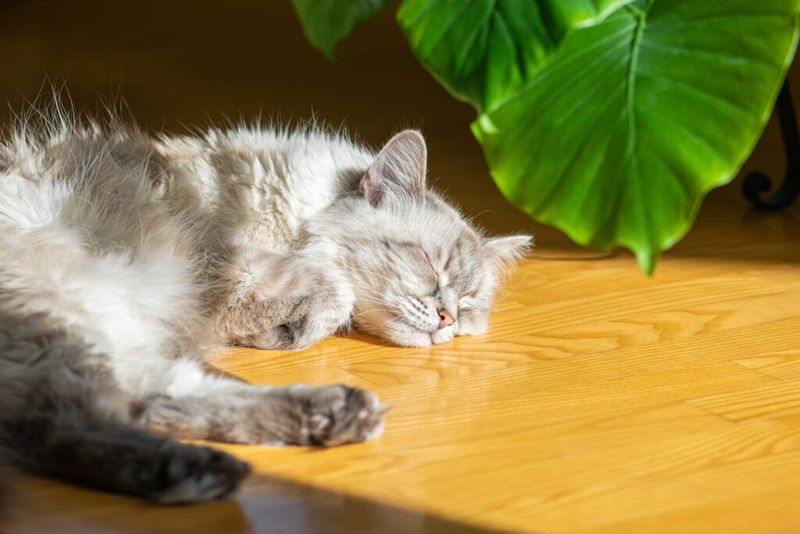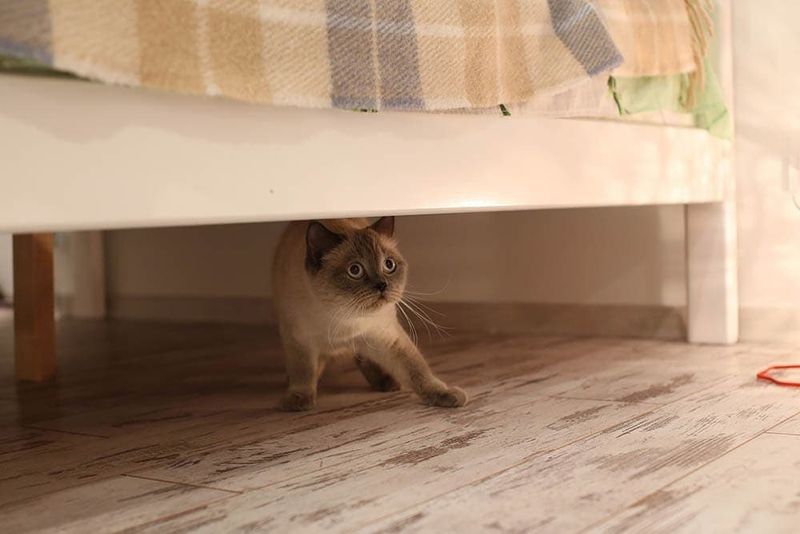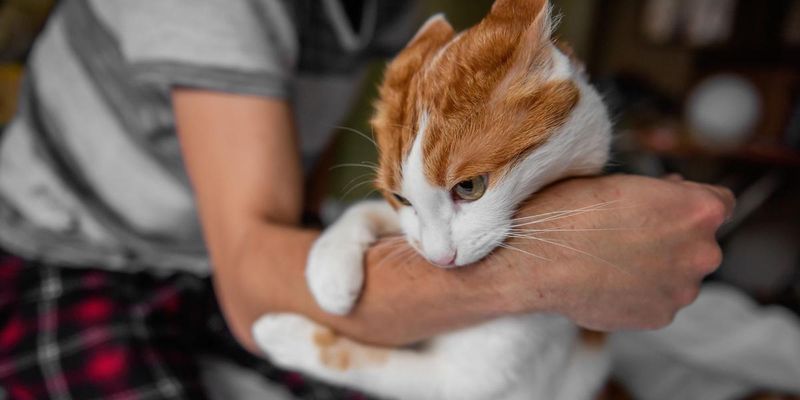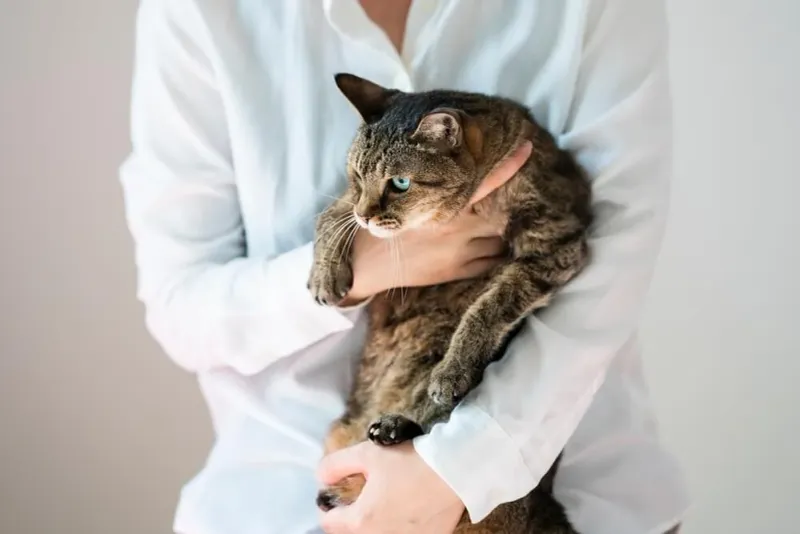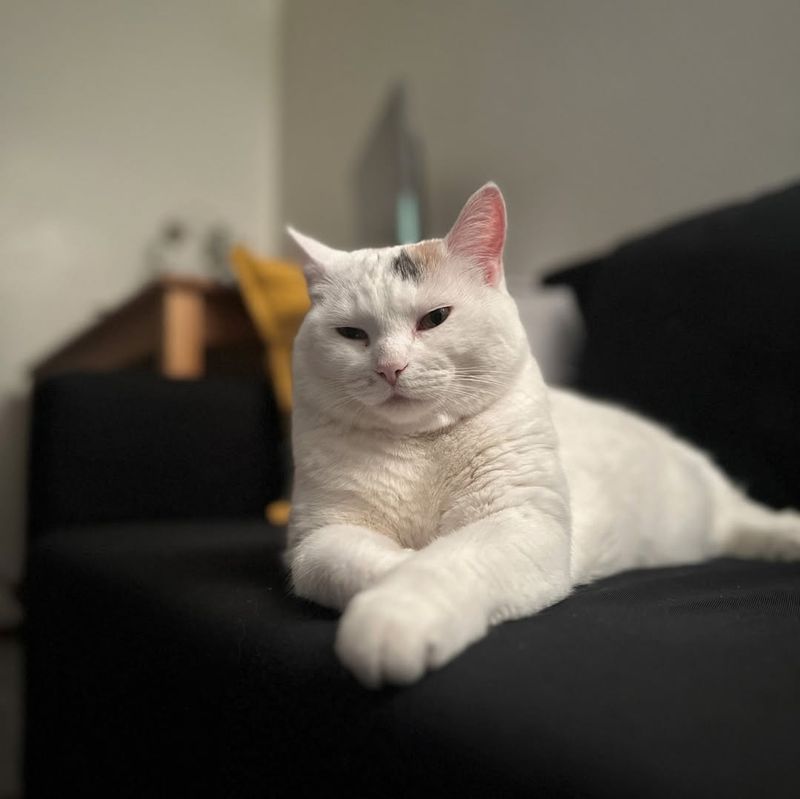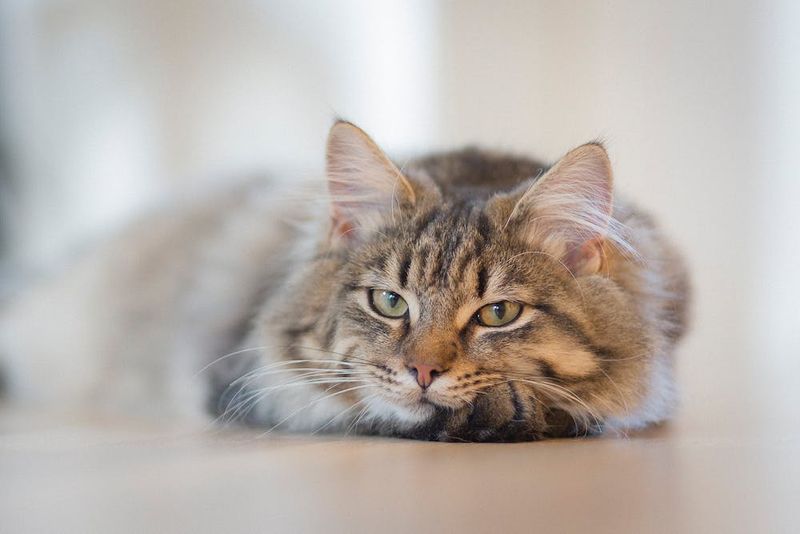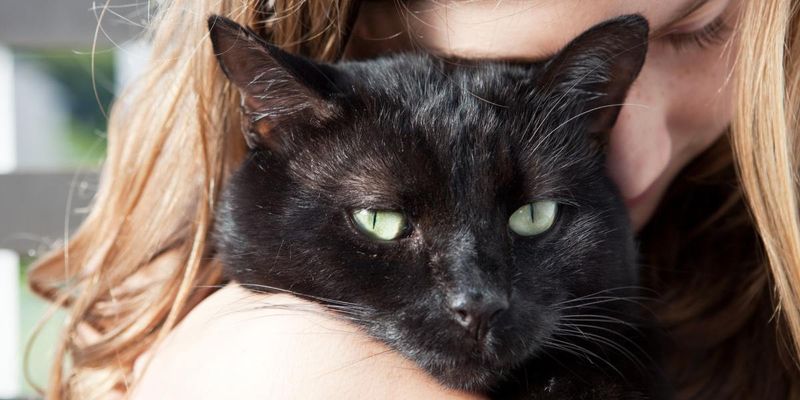📖 Table of Content:
Cats are known for their independent and sometimes mysterious nature, often leaving their owners puzzled by certain behaviors. One common question many cat owners have is why their feline companion resists being held. Understanding the various factors at play can help uncover the reasons behind this behavior and improve the relationship between owner and pet.
There are multiple reasons a cat might avoid being held, ranging from natural instincts to past experiences. Felines are territorial animals, and they often prefer to have control over their personal space. These preferences can sometimes make it challenging to understand why your cat is hesitant to accept being picked up.
While each cat is unique, there are common factors that may explain their reluctance to be held. Exploring these possibilities can offer insights into how to make your cat feel more comfortable with physical affection. Recognizing and respecting a cat’s boundaries is key to creating a positive and trusting relationship.
1. Too Hot to Handle
Cats are sensitive to temperature, and being held might make them feel too warm. Imagine having a fur coat on all the time! Your cat might simply be trying to cool down. If your home is warm, your cat might prefer lying on a cool tile floor rather than being cuddled in your arms.
Consider adjusting the environment or ensuring there’s a cooler spot available for your cat to lounge. It’s a simple fix, but one that can make a big difference in your cat’s comfort.
2. Feeling Vulnerable
Being naturally wary, cats can feel exposed when held, especially in unfamiliar or chaotic environments. If they feel threatened, they might want to retreat. Offering a calm, quiet space can help ease your cat’s anxiety and make them feel more comfortable.
Understanding your cat’s need for security can lead to more positive interactions and a trusting relationship.
3. Not a Lap Cat
Not every cat enjoys being held or snuggled, and that’s just part of their personality. These independent cats may prefer to show their love by sitting near you or keeping an eye on you as you go about your day.
Respecting their preference for independence can actually strengthen your bond. Remember, every cat is unique, and it’s essential to appreciate their individuality.
4. Previous Negative Experience
A prior traumatic event can make a cat avoid being held. If they’ve been scared or dropped in the past, they may now associate the action with distress or fear.
Building trust takes time and patience. Approach them gently and allow them to come to you on their terms. Over time, with positive reinforcement, your cat may become more comfortable with being held.
5. Health Issues
Health problems can make being held uncomfortable for a cat. Conditions like arthritis or injuries can make certain positions painful. If your cat suddenly dislikes being held, a check-up with the vet can rule out any medical concerns. Understanding their physical well-being is crucial.
Addressing health issues not only alleviates discomfort but also shows your cat that you care about their well-being.
6. Personal Space
Much like humans, cats value their personal space. Some days, they just want to be left alone. Respecting their need for space can show your cat that you understand them.
It’s not about you; it’s about their need for independence. Giving your cat time alone can lead to them seeking out your company when they’re ready.
7. Lack of Trust
Trust is vital in any relationship, and cats are no different. If they haven’t yet built trust with you, they might shy away from being held.
Spending time with your cat, engaging in gentle play, and respecting their boundaries can foster a trusting relationship. With time, your cat may come to appreciate your presence more and feel safe in your arms.
8. New Changes at Home
Cats are creatures of habit, and any new change, such as furniture rearrangement, can unsettle them. Adjusting to new surroundings might make them cling to familiar routines and spaces, avoiding physical contact.
Give them time to explore and adapt to changes at their own pace, and they’ll likely return to their usual self.
9. Overstimulation
Too much activity or attention can lead to overstimulation in cats. Watch for signs like a twitching tail or back-turned ears, which indicate they may need a break.
Recognizing these signs helps you avoid pushing their boundaries, ensuring they feel comfortable. Creating a calm environment can help soothe your cat, encouraging them to seek attention when they’re ready.
10. Personality Traits
A naturally shy or aloof personality might make certain cats less inclined to enjoy being held. Their independent streak often means they prefer observing from a distance rather than close contact.
Embrace your cat’s quirks, and engage with them in a way that suits their personality. Whether it’s through play or gentle pats, showing appreciation for who they are can strengthen your bond. Celebrate the individuality that makes your cat special!
11. Age Factor
The effects of aging can change how a cat responds to being held. Older cats often experience aches that make being picked up less appealing, so creating a soft resting area and offering gentle affection can better meet their needs.
Understanding the changes that come with age helps in adapting how you interact with your beloved pet.
